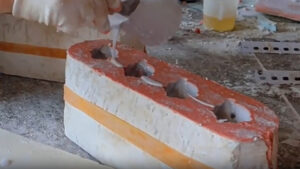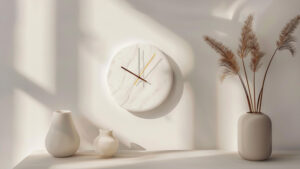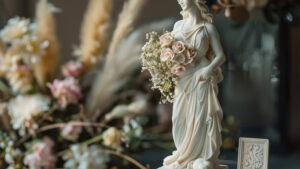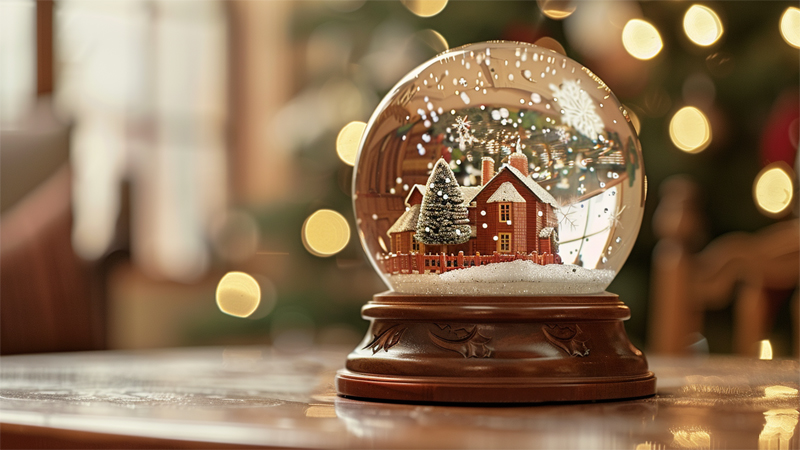
I still remember the first time I held a snow globe. It felt magical, almost timeless.
The best material for a snow globe balances clarity, durability, and environmental responsibility, ensuring beauty and long-lasting charm.
Let’s dig into the details.
How do you choose between glass and plastic for globe materials?
Choosing the right globe material can feel tricky.
Glass globes offer classic clarity, while plastic provides lightweight durability, leaving your choice dependent on aesthetic and practical needs.
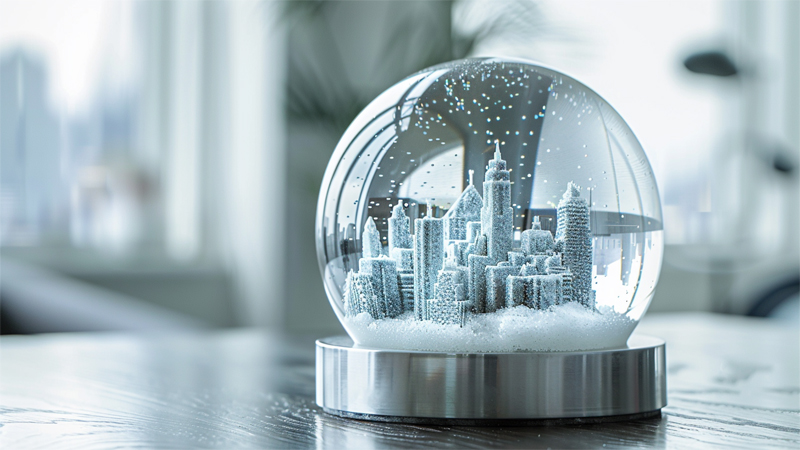
I’ve collected snow globes for years. Some, made from delicate tempered glass1, sparkle like crystal, capturing every tiny snowflake in perfect focus. Others, formed from lighter acrylic globes2, are safer for kids or high-traffic spaces where accidental bumps happen. Both materials have strengths. Glass feels authentic and upscale, a nod to old-world craftsmanship, while acrylic or other plastics resist shattering and can be more affordable.
When I give a snow globe as a gift, I weigh factors like who it’s for and where it’ll sit. A glass globe might be perfect for a friend who treasures heirloom-quality pieces. But if it’s destined for a child’s bedroom shelf, a sturdy plastic version may last longer without losing its charm. The beauty lies in finding that sweet spot between aesthetics and practicality.
Considering Pros and Cons
| Material | Pros | Cons |
|---|---|---|
| Glass | Clear, classic, elegant | Heavier, breakable |
| Plastic | Lightweight, durable | Less traditional feel |
What are the base material options, such as wood, resin, and metal?
Selecting a base material affects style and stability.
Wood bases add warmth, resin bases offer intricate detail, and metal bases provide strength—each sets a unique tone for your snow globe.
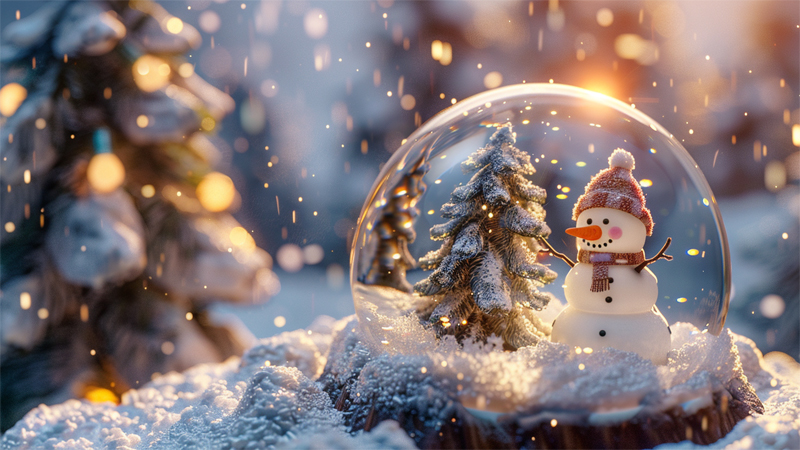
I remember a snow globe my grandfather passed down to me. Its base was carved from deep mahogany, aged to a rich patina. That wooden base added a cozy, handmade vibe that modern pieces often lack. In contrast, I’ve also admired globes perched on sleek resin bases3 that capture fine details, from tiny leaf veins to swirling patterns. For something more industrial-chic, a metal base4 creates a modern look and can outlast countless moves or seasonal display rotations.
Different bases also influence weight and stability. Heavy bases help keep the globe upright, preventing accidental knocks from turning your winter wonderland into a messy spill. Meanwhile, lighter bases are easier to move around if you enjoy changing your décor often.
It’s a personal call: wooden bases whisper tradition and craftsmanship, resin opens the door to artistic complexity, and metal bases shout sleek durability. Choosing the right one is about aligning your taste and functional needs.
Matching Your Style
- Wood: Warmth, tradition, handcrafted charm
- Resin: Intricate details, creative shapes, artistic flair
- Metal: Modern vibes, durability, long-term investment
What are the considerations for longevity and clarity?
Think about how your snow globe ages over time.
Quality materials, proper sealing, and UV-protective finishes preserve clarity and longevity, ensuring your snow globe stays enchanting for years.
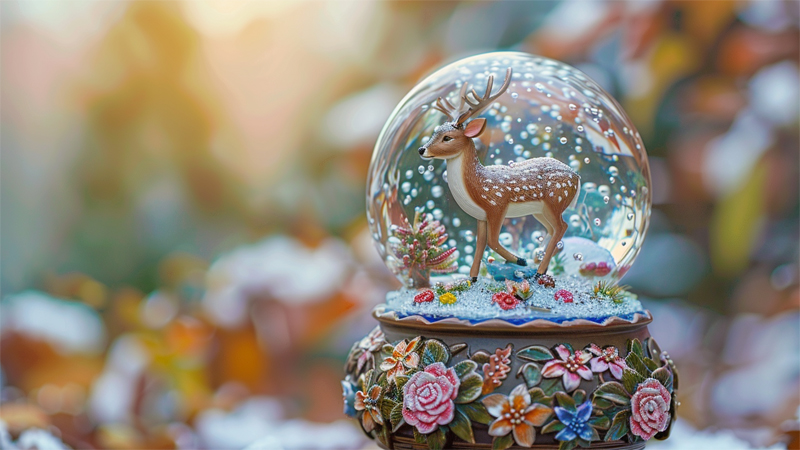
Over time, poorly made globes can yellow or grow cloudy. I’ve seen once-lovely pieces turn dull because the water inside became murky. High-quality materials, like crystal-clear glass or premium plastics, resist fading. Applying a UV-protective coating5 helps shield colors from harsh sunlight, while using non-toxic dyes6 ensures the vibrant scenery inside doesn’t lose its pop.
Maintaining longevity also involves proper sealing. The last thing you want is a slow leak or a crack that lets air in and ruins the magic. Many artisans pay close attention to seals and adhesives, ensuring everything stays tight and secure. Storing your globe away from direct sunlight and extreme temperatures helps, too. If you keep it in stable conditions, your snow globe will reward you with many seasons of sparkling snowfall.
Fine-Tuning Details for Clarity
Beyond protective coatings, consider what’s inside your globe. High-quality glycerin and distilled water keep flakes floating gracefully, while well-made figurines maintain sharpness instead of fading or chipping. This careful attention to detail is what turns a simple globe into a lasting treasure.
| Consideration | Reason | Benefit |
|---|---|---|
| UV-Protection | Prevents fading | Preserves bright colors |
| Non-Toxic Dyes | Safe, stable colors | Long-lasting vibrancy |
| Proper Sealing | Prevents leaks and fogging | Clear, crisp display |
What is the environmental impact of different material choices?
Think about how these materials affect the planet.
Opting for sustainable materials, proper disposal, and considering eco-friendly resins can reduce the environmental footprint of snow globes.
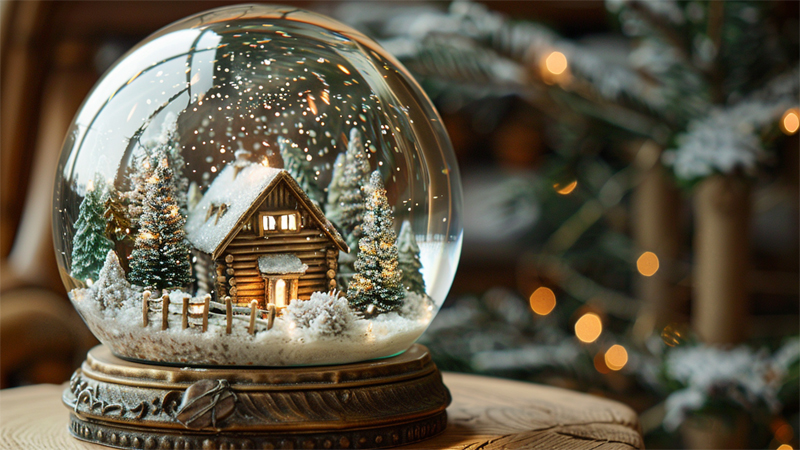
I’ve grown more conscious about the environment over the years. While I adore snow globes, I can’t ignore the fact that some plastics aren’t recyclable and certain paints might be toxic. Looking into greener options, like biodegradable or recycled materials, helps ease that guilt. For instance, choosing a globe with a sustainable eco-friendly resin7 base or selecting a glass globe made from recycled glass can make a difference. Researching the manufacturer’s practices and their sourcing of recycled metal components8 might also lead you to pieces that stand out, not just in style, but in values.
Disposing of or reusing old snow globes matters, too. If a globe breaks, consider salvaging its parts. Maybe the water and figurines can be repurposed, or the metal base can be recycled. When creators and collectors pay attention to the full lifecycle of these decorative items, they help preserve the planet’s resources. It’s about making mindful choices—both for the art on your shelf and the earth we share.
Considering Eco-Conscious Decisions
- Look for recycled or biodegradable materials.
- Check if the dyes and paints used are non-toxic.
- Support artisans who prioritize ethical sourcing and minimal waste.
Conclusion
Finding the best snow globe material is about blending beauty, durability, and care for our world.
-
I linked tempered glass because you might want to understand why tempered glass is often preferred for its safety and improved clarity compared to regular glass. ↩
-
Acrylic globes are linked so you can explore how acrylic stands against glass in terms of durability, weight, and overall clarity for crafting snow globes. ↩
-
Linking resin bases helps you find details on why resin is favored for intricate details and stable support in snow globe construction. ↩
-
Linking metal base encourages you to learn about metal’s longevity and why it might outlast other materials. ↩
-
I chose UV-protective coating to give you a route to understand how these coatings keep snow globes looking vibrant over time. ↩
-
Linking non-toxic dyes helps you learn why safer dyes protect color longevity and health, ensuring a safer product for homes. ↩
-
By linking eco-friendly resin, I guide you toward discovering greener resin choices that align with environmental values. ↩
-
Linking recycled metal components helps you find information on sourcing eco-conscious materials, encouraging more sustainable buying decisions. ↩


